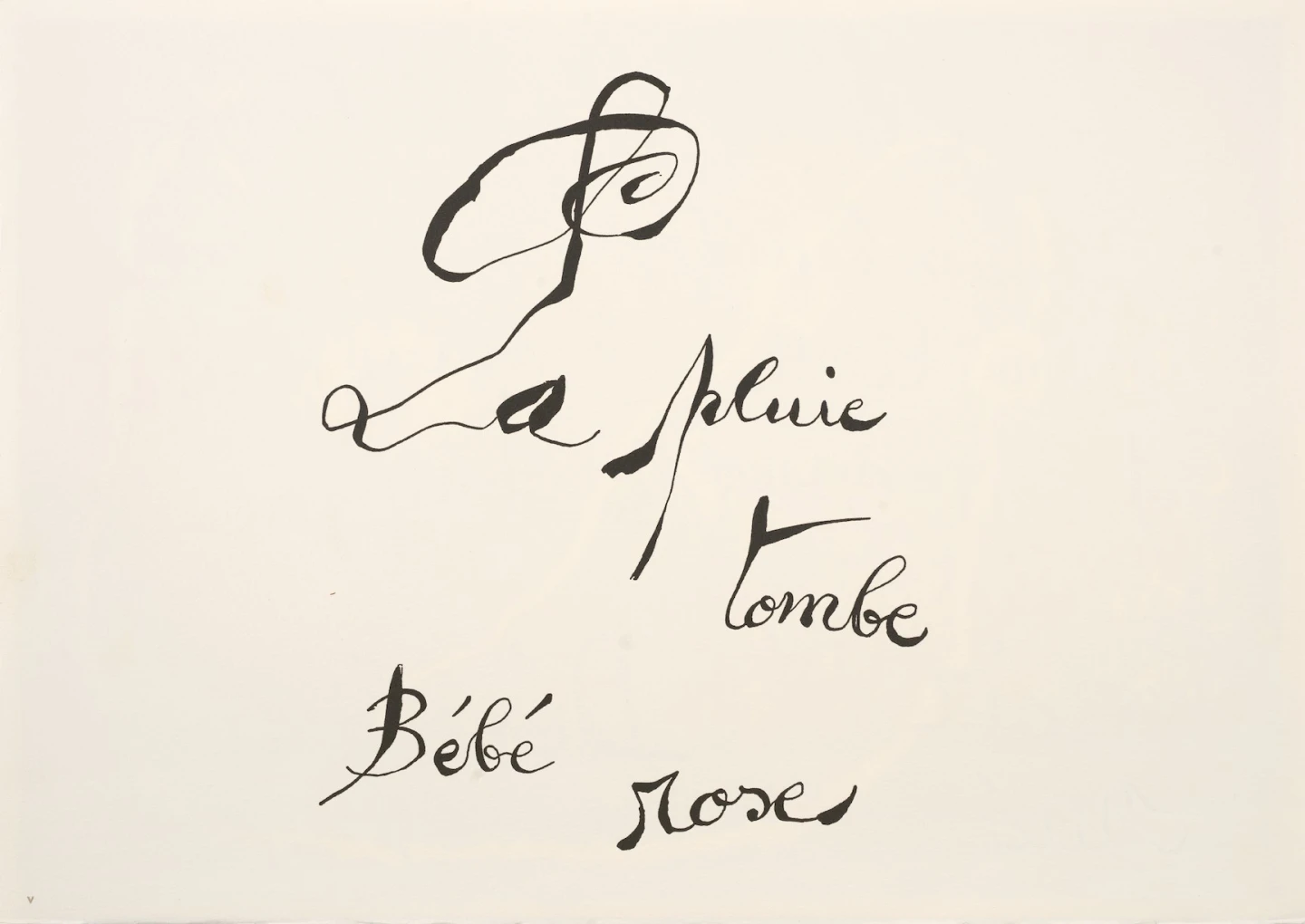
Joan Miró, Le lézard aux plumes d’or (detail), 1971
Fundació Joan Miró. © Successió Miró, 2024
Held on 24 oct 2024
The Documents programme explores the relationships between art and publishing, and other subjects that include the effects of archive on narratives of art history, the artist’s book and publishing as an artistic practice. This fresh instalment examines an unexplored side of Joan Miró’s career: his poetic pursuit and the influence of poetry on his work. Therefore, the activity comprises a round-table discussion, conducted by specialists Olvido García Valdés, María González Menéndez and Carlos Martín García, and is centred on the analysis of a poetic text written by Miró, regarded as a possible manifesto of his artistic work. The interventions of these experts alternate with a reading, by Alberto Chessa, of this poem and other extracts from texts which foreground Miró’s interest in the practice of poetry.
The poetic text which gives rise to this activity accompanied Miró across his artistic trajectory. Originally conceived between 1936 and 1939, during the Spanish Civil War, it was part of a project for an artist’s book that was never realised in its original form. Nevertheless, Miró never relinquished the undertaking and the project would transcend its origin to become an example of a text of resistance: in 1971, the poem re-surfaced with the realisation of the artist’s books Le Lézard auxplumes d’or (The Lizard with the Golden Feathers) and Ubú auxBaléares (Ubú in the Balearic Islands), in which the artist rewrote the initial text, employing automatic writing and linking, through a similarity of sound, words that develop an impossible narrative. Thus, the text combines the raw tenderness of Paul Éluard, the double images of Guillaume Apollinaire and allusions to the sexual nature of Alfred Jarry. Such a remarkable document best reveals the way in which Miró spent decades struggling with the same poem without being able to detach himself from it. Written in French and translated into Spanish by Juan Gabriel López Guix, the poem is structured around various suites, which in the book are interrupted by visual elements projected during this Documents 29 edition.
During the activity, the reading of this poem accompanies a previous programmatic text, where the genesis of this unique poetic calling can be discerned: a letter Miró wrote to writer and poet Michel Leiris in 1924, in which, in addition to admitting his desire to appropriate the practice of poetry to mould it into the basis of his pictorial work, he expressed gratitude to poets for having bestowed on him new mediums of expression and creative approaches that extended beyond painting. That missive, offering a form of inconclusive poetic, reveals aspects related to his approach to poetry — key to an artist who in text found a way to “assassinate painting”, in addition to it constituting an ulterior challenge. As he wrote: “I agree with Breton when he speaks of the extremely poignant nature of a page of writing”.
Organised by
Museo Reina Sofía
Programme
Documents
Collaboration
illycaffèParticipants
Alberto Chessa is a writer, translator and voice artist. He is the author of six poetry books honoured with different distinctions, the last of which, Palabras para luego, is due to be published by Huerga & Fierro. Moreover, he has written a volume of essays about the film-maker Theo Angelopoulos (Círculo de Bellas Artes, 2015) and a book of aphorisms (Cypress, 2021). As a translator, his most recent publication is a version of Elizabeth Barrett Browning’s Twelve Sonnets from the Portuguese (Balduque, 2022), and as a voice artist, his voice can be heard over numerous advertising creations, documentaries and informational devices such as the audio-guide at the Alhambra in Granada, and on the online courses run by the Telefónica Foundation for the Museo del Prado and Museo Reina Sofía in Madrid.
Olvido García Valdés is a poet and essayist. Among other honours, she has received the Reina Sofía Prize for Ibero-American Poetry (2022), the Pablo Neruda Ibero-American Poetry Award (2021) and Spain’s National Poetry Prize (2007) for her book Y todos estábamos vivos (Tusquets, 2006). Her other books most notably include Esa polilla que delante de mí revolotea. Poesía reunida (1982-2008) (Galaxia Gutenberg, 2008); Lo solo del animal (Tusquets, 2012); confía en la gracia (Tusquets, 2020); dentro del animal la voz. Antología 1982-2012 (Cátedra, 2020); La caída de Ícaro (Commemorative Anthology, Universidad de Salamanca, 2022); and Entre 2001 y 2006. En el curso de ‘Y todos estábamos vivos’ (Péñola Blanca. César Manrique Foundation, 2024). She is also the author of the biographical essay Teresa de Jesús (Omega, 2001) and numerous texts for publications on the plastic arts, writing about artists such as Zush, Anselm Kiefer, Vicente Rojo, Antoni Tàpies, Juan Soriano and José Manuel Broto, among others.
María González Menéndez is an exhibition curator and museography expert. With a PhD in Art History from Paris-Sorbonne University and the Pilar Juncosa & Sotheby’s Honorary Research Award from the Pilar i Joan Miro à Mallorca Foundation, her work focuses on the oeuvre of Joan Miró, the subject of numerous specialised articles she has written. In recent years, she has curated different exhibitions in France and has worked with institutions such as the Museo Nacional de Arte Moderno, Centre Pompidou and Réunion des musées nationaux - Grand Palais (RMN-GP) as an exhibition project director.
Carlos Martín García is an art historian, exhibition curator and translator. He has served as head curator of plastic arts at Fundación Mapfre and has worked in institutions such as the Peggy Guggenheim Collection in Venice and the Colección Banco de España. His most recent curatorial projects include the exhibitions Miró Poema (Fundación Mapfre, 2021), Leonora Carrington. Revelación (Arken Museum, Copenhagen and Fundación Mapfre, Madrid, 2022-2023) and RE-FORM. ¿Nos someten las imágenes? Colección “La Caixa” de arte contemporáneo (Museo Rath – Musée d’Art et d’Histoire, Geneva, prev. 2024). He has also edited the book Cajal. El arte de la ciencia (La Fábrica, 2024).
Isabel Navarro Cerdán is the author of Inane (Ediciones Complutense, winner of the Blas de Otero Poetry Award), the poetry book Cláusula suelo (Huerga & Fierro, 2017) and the essay on Rosalía and feminism entitled Siete fragmentos sobre la ira femenina y 'hacer cuerpo' con el deseo en 'El mal querer' (Errata Naturae). Her poems have been translated into English and French and have featured in specialist publications such as Nayagua and Axolotl Magazine. From 2020 to 2021, she created and directed Fem Plural, a festival of theatre, music, comedy and feminist thought. She has also studied a PhD in English Language and Literature at the Complutense University of Madrid and was a visiting lecturer at the Universidad Anáhuac de Xalapa (Mexico). Since 2024, she has been the president of Genealogía, a feminist association of women poets.

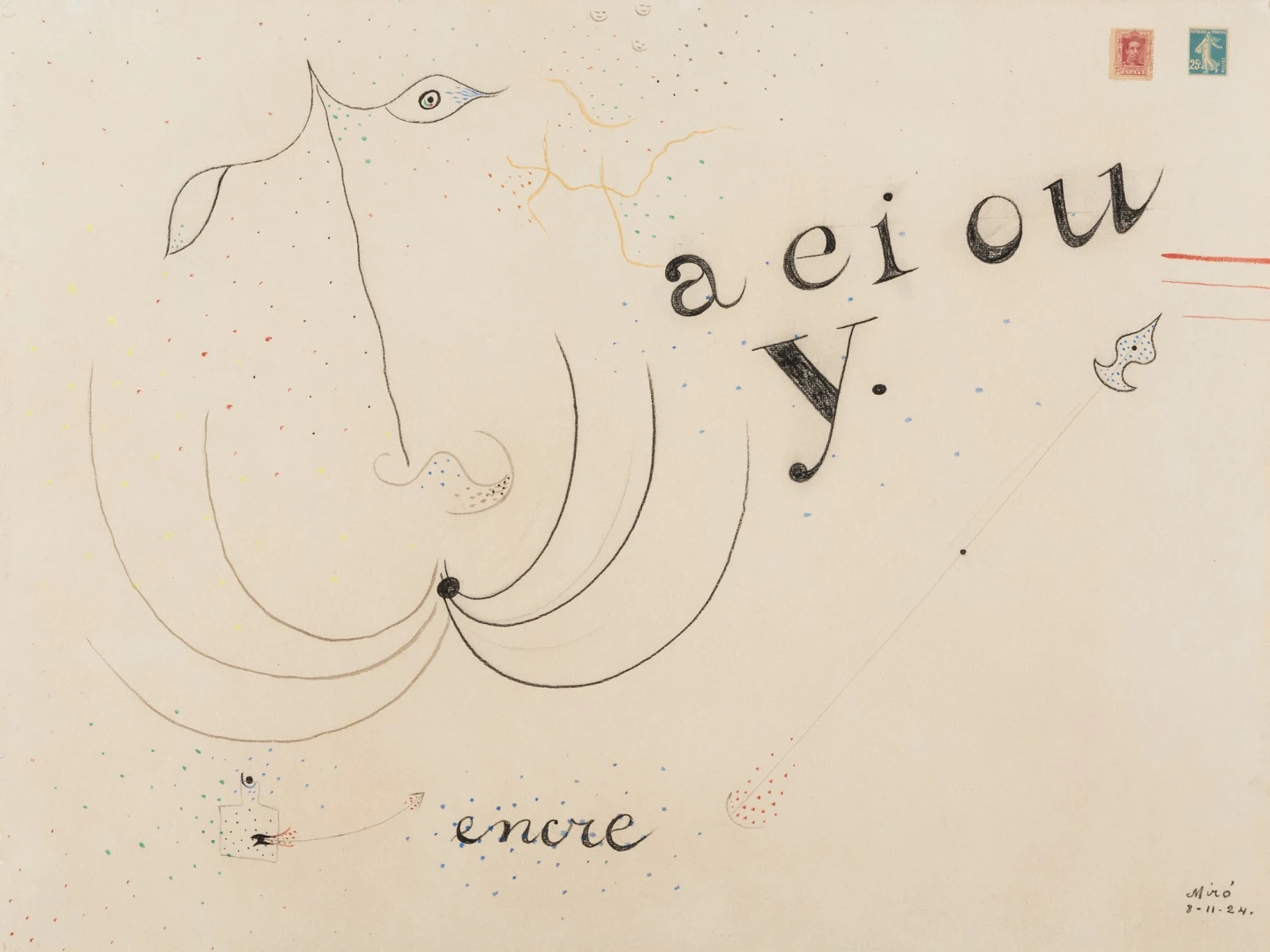
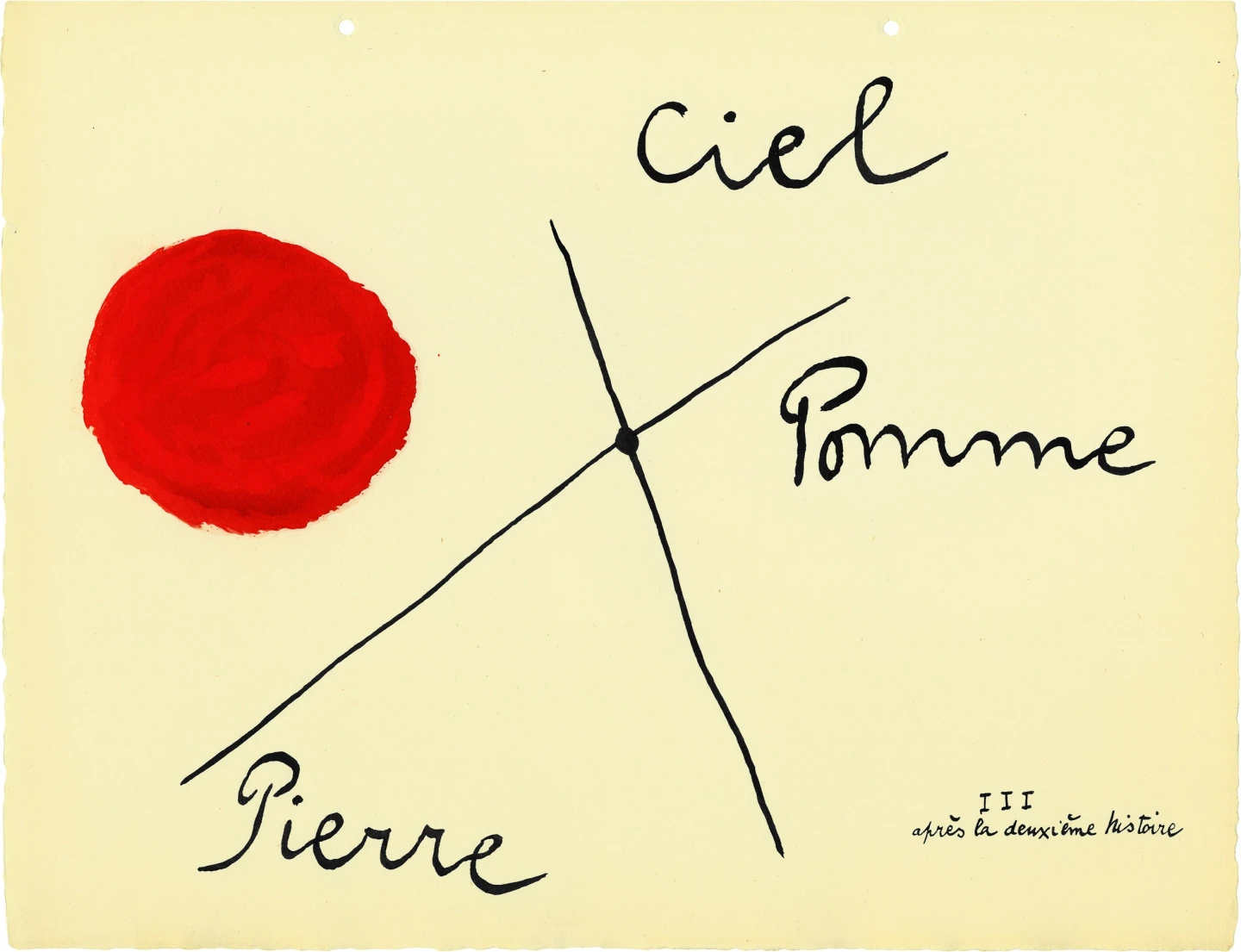
Más actividades

Aesthetics of Peace and Desertion Tactics
8 October 2025 – 24 June 2026
The study group Aesthetics of Peace and Tactics of Desertion: Prefiguring New Pacifisms and Forms of Transitional Justice proposes a rethinking—through both a theoretical-critical and historical-artistic lens—of the intricate network of concepts and practices operating under the notion of pacifism. A term not without contestation and critical tension, pacifism gathers under its name a multiplicity of practices—from anti-militarism and anti-war movements to non-violence activism—while simultaneously opening urgent debates around violence, justice, reparation, and desertion. Here, pacifism is not conceived as a moral doctrine, but as an active form of ethical and political resistance capable of generating aesthetic languages and new positions of social imagination.
Through collective study, the group seeks to update critical debates surrounding the use of violence and non-violence, as well as to explore the conflict of their representation at the core of visual cultures. In a present marked by rearmament, war, genocide, and the collapse of the social contract, this group aims to equip itself with tools to, on one hand, map genealogies and aesthetics of peace—within and beyond the Spanish context—and, on the other, analyze strategies of pacification that have served to neutralize the critical power of peace struggles. Transitional and anti-punitive justice proposals will also be addressed, alongside their intersections with artistic, visual, and cinematic practices. This includes examining historical examples of tribunals and paralegal activisms initiated by artists, and projects where gestures, imaginaries, and vocabularies tied to justice, reparation, memory, and mourning are developed.
It is also crucial to note that the study programme is grounded in ongoing reflection around tactics and concepts drawn, among others, from contemporary and radical Black thought—such as flight, exodus, abolitionism, desertion, and refusal. In other words, strategies and ideas that articulate ways of withdrawing from the mandates of institutions or violent paradigms that must be abandoned or dismantled. From feminist, internationalist, and decolonial perspectives, these concepts have nourished cultural coalitions and positions whose recovery today is urgent in order to prefigure a new pacifism: generative, transformative, and radical.
Aesthetics of Peace and Tactics of Desertion, developed and led by the Museo Reina Sofía’s Studies Management, unfolds through biweekly sessions from October to June. These sessions alternate between theoretical discussions, screenings, work with artworks and archival materials from the Museo’s Collection, reading workshops, and public sessions. The group is structured around sustained methodologies of study, close reading, and collective discussion of thinkers such as Judith Butler, Elsa Dorlin, Juan Albarrán, Rita Segato, Sven Lütticken, Ruth Wilson Gilmore, and Franco “Bifo” Berardi; historical episodes such as the anti-nuclear and anti-arms race movement in Spain; and the work of artists and activists including Rojava Film Commune, Manuel Correa and the Oficina de Investigación Documental (Office for Documentary Investigation), and Jonas Staal, among other initial cases that will expand as the group progresses.
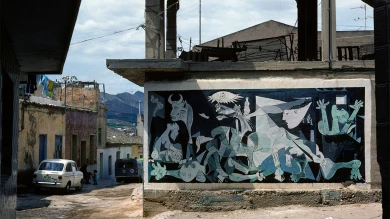
Rethinking Guernica
Monday and Sunday - Check times
This guided tour activates the microsite Rethinking Guernica, a research project developed by the Museo Reina Sofía’s Collections Area, Conservation and Restoration Department and the Digital Projects Area of the Editorial Activities Department, assembling around 2,000 documents, interviews and counter-archives related to Pablo Picasso’s painting Guernica (1937).
The visit sets out an in-situ dialogue between the works hung around the painting and a selection of key documents, selected by the Museo’s Education Team and essential to gaining an idea of the picture’s historical background. Therefore, the tour looks to contribute to activating critical thought around this iconic and perpetually represented work and seeks to foster an approach which refreshes our gaze before the painting, thereby establishing a link with the present. Essentially revisiting to rethink Guernica.
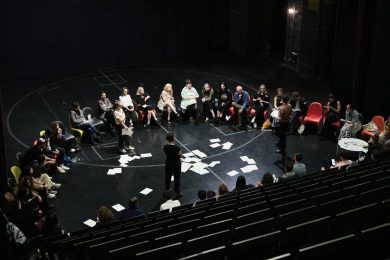
UP/ROOTING
11, 12, 13, 14, 15, 16 NOV 2025
Museo Reina Sofía and MACBA Museu d'Art Contemporani de Barcelona (MACBA) invite applications for the 2025 iteration of the School of Common Knowledge, which will take place from November 11th to 16th in Madrid and Barcelona.
The School of Common Knowledge (SCK) draws on the network, knowledge and experience of L’Internationale, a confederation of museums, art organizations and universities that strives to reimagine and practice internationalism, solidarity and communality within the cultural field. This year, the SCK program focuses on the contested and dynamic notions of rooting and uprooting in the framework of present —colonial, migrant, situated, and ecological— complexities.
Building on the legacy of the Glossary of Common Knowledge and the current European program Museum of the Commons, the SCK invites participants to reflect on the power of language to shape our understanding of art and society through a co-learning methodology. Its ambition is to be both nomadic and situated, looking at specific cultural and geopolitical situations while exploring their relations and interdependencies with the rest of the world.
In the current context fraught with war and genocide, the criminalization of migration and hyper-identitarianism, concepts such as un/belonging become unstable and in need of collective rethinking:
How can we reframe the sense and practice of belonging away from reductive nationalist paradigms or the violence of displacement? How to critically hold the entanglement of the colonial routes and the cultural roots we are part of? What do we do with the toxic legacies we inherit? And with the emancipatory genealogies and practices that we choose to align with? Can a renewed practice of belonging and coalition-making through affinity be part of a process of dis/identification? What geographies —cultural, artistic, political— do these practices of de/centering, up/rooting, un/belonging and dis/alignment designate?
Departing from these questions, the program consists of a series of visits to situated initiatives (including Museo Situado, Paisanaje and MACBA's Kitchen, to name a few), engagements with the exhibitions and projects on view (Project a Black Planet: The Art and Culture from Panafrica), a keynote lecture by Stefano Harney and Fred Moten, as well as daily reading and discussion gatherings, editorial harvest sessions, and conviviality moments.
![Francesc Abad, Procés transformació [Proceso transformación, 1972]. Museo Reina Sofía](https://recursos.museoreinasofia.es/styles/small_landscape/public/Actividades/AD05219-009-actividad.jpg.webp)
The (legal) person and the legal form. Chapter I
September, 2025 – May, 2026
As part of the Studies Constellation, the Study Directoship’s annual fellowship, art historian and theorist Sven Lütticken leads the seminar The (Legal) Person and the Legal Form: Theoretical, Artistic, and Activist Commitments to foster dialogue and deepen the hypotheses and questions driving his research project.
This project, titled Unacting Personhood, Deforming Legal Abstraction, explores the dominance of real abstractions—such as exchange value and legal form—over our processes of subjectivation, and asks how artistic practices can open up alternative ways of representing or performing the subject and their legal condition in the contemporary world.
The seminar consists of eight two-hour sessions, divided into three chapters throughout the academic year. While conceived as non-public spaces for discussion and collective work, these sessions complement, nourish, and amplify the public program of the Studies Constellation.
This first chapter of the seminar, composed of three sessions, serves as an introduction to the fundamental issues of the research concerning theoretical, artistic, and activist engagements with the legal form. It includes three sessions dedicated respectively to: the legal form, through the work of French jurist, philosopher, and lawyer Bernard Edelman, with particular attention to his Marxist theory of photography (translated into German by Harun Farocki); the (legal) person, via contributions from Italian philosopher Roberto Esposito, academic, social justice activist, and writer Radha D’Souza, and visual artist Jonas Staal; and land, through the work of researcher Brenna Bhandar—specialist in the colonial foundations of modern law and the notion of property—and artist, filmmaker, and researcher Marwa Arsanios.
Through these and other readings, case study analyses, and collective discussions, the seminar aims to open a space for critical reflection on the ways in which the law—both juridical form and legal form—is performed and exceeded by artistic and activist practices, as well as by theoretical and political approaches that challenge its foundations and contemporary projections.
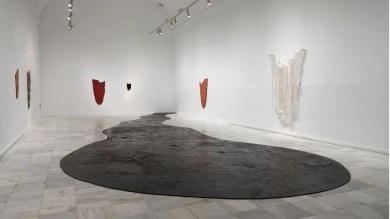
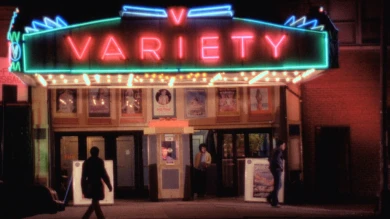
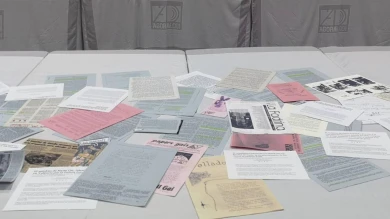
![Miguel Brieva, ilustración de la novela infantil Manuela y los Cakirukos (Reservoir Books, 2022) [izquierda] y Cibeles no conduzcas, 2023 [derecha]. Cortesía del artista](https://recursos.museoreinasofia.es/styles/small_landscape/public/Actividades/ecologias_del_deseo_utopico.jpg.webp)
![Ángel Alonso, Charbon [Carbón], 1964. Museo Reina Sofía](https://recursos.museoreinasofia.es/styles/small_landscape/public/Actividades/perspectivas_ecoambientales.jpg.webp)